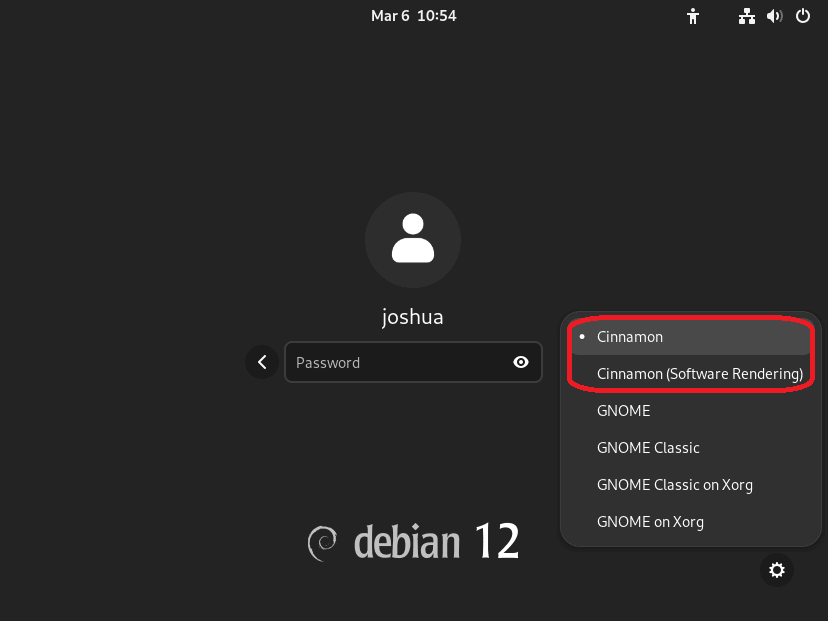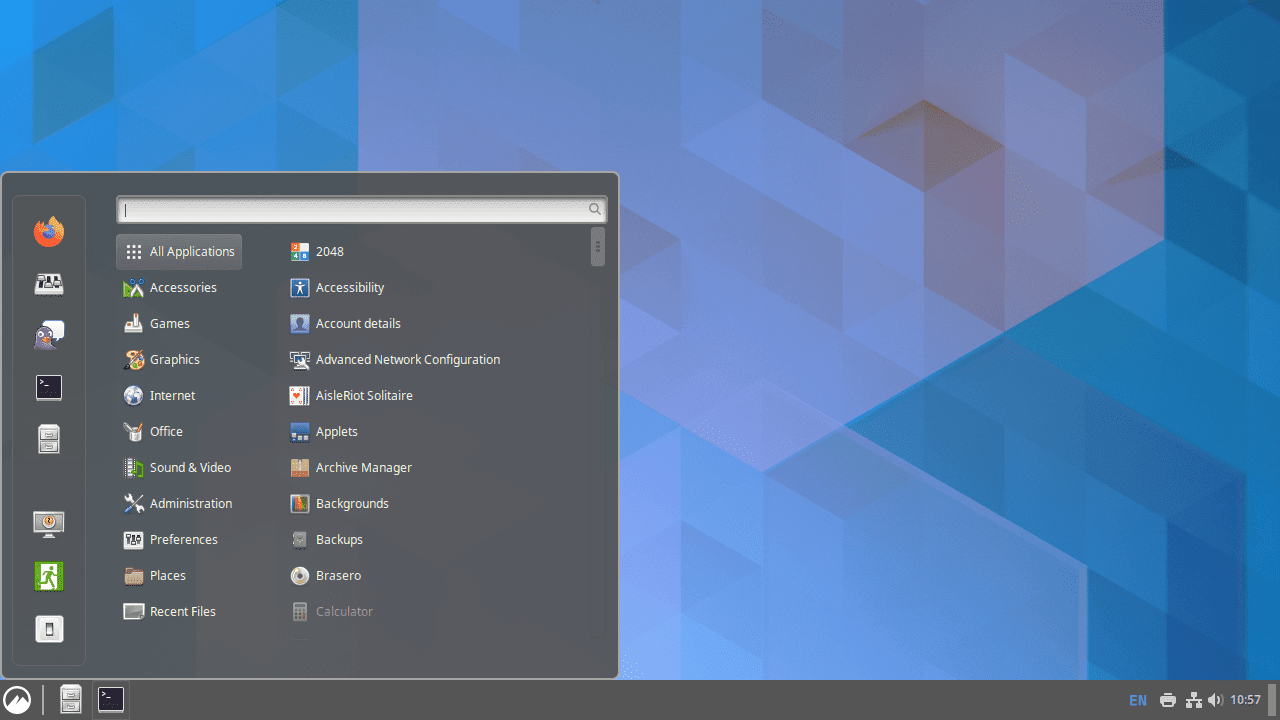The Cinnamon desktop environment offers a modern, intuitive interface that’s designed for ease of use and customization, making it a popular choice among Linux users. With features such as sleek menus, a customizable panel, and efficient window management, Cinnamon provides a polished experience without heavy resource demands. It also supports various desktop layouts and applets, offering flexibility and convenience, whether you’re switching from GNOME or seeking an alternative environment for your Debian system.
In this guide, we will show you how to install Cinnamon alongside the default GNOME desktop on Debian 12 or 11 using the command-line. By following these steps, you’ll be able to switch between GNOME and Cinnamon during login, allowing you to choose the desktop environment that best suits your workflow without removing the default GNOME setup.
Update the Debian System
It is essential to ensure your Debian system is up-to-date before installing the Cinnamon desktop environment. This includes both the core system packages and any other installed software.
To update your Debian system, follow the instructions below:
sudo apt update
sudo apt upgradeInstall Cinnamon via APT Command
Cinnamon is readily available in Debian’s default repositories, making the installation process straightforward and ensuring stability between the new desktop environment and the original GNOME desktop. Although the appearance of Cinnamon may differ slightly depending on your Debian version, the differences are generally minimal and won’t impact your user experience.
To install the Cinnamon desktop environment on your Debian system, use the following command:
sudo apt install task-cinnamon-desktopThis command will download and install the necessary packages for the Cinnamon desktop environment.
After the installation, reboot your system to finalize the changes and switch to the Cinnamon desktop environment. You can reboot either through the graphical interface or by entering the following command in the terminal:
sudo rebootChange to Cinnamon Desktop Environment on Login
To change to the Cinnamon desktop environment, follow these steps:
- DO NOT LOG IN IMMEDIATELY: Wait before entering your login credentials.
- Locate the Desktop Environment Selection: Look for the desktop environment configuration icon in the top right-hand corner or near the login prompt.
- Select Cinnamon: Click on the configuration icon and choose “Cinnamon” from the available options. It is recommended that you select the standard “Cinnamon” option instead of “Cinnamon (Software Rendering).”
- Understand the Difference: The “Cinnamon (Software Rendering)” option is a fallback if you encounter issues with your graphics card when using the default Cinnamon desktop. However, it may result in lower performance and reduced visual effects, so it should only be used if necessary.
- Log In: After selecting the Cinnamon desktop environment, log in with your username and password.



Additional Commands
Remove Cinnamon
Sometimes, your requirements change, leading you to consider uninstalling Cinnamon. Whether you’re contemplating trying out another desktop environment or wish to revert to your original settings, uninstalling Cinnamon and its associated files is necessary.
The command below accomplishes this task:
sudo apt autoremove '^cinnamon' task-cinnamon-desktop --purgeExecuting this command will eliminate Cinnamon and all related files, thereby restoring your desktop environment to its condition before Cinnamon installation.
Re-install GNOME Default Desktop Environment
If you revert to the GNOME Desktop Environment post-Cinnamon uninstallation, updating your package list and re-installing the gnome, gdm3, and task-gnome-desktop packages is imperative. Execute the following commands to achieve this:
sudo apt update
sudo apt install gnome gdm3 task-gnome-desktop --reinstallActivating GDM
Before rebooting your system, activate GDM (GNOME Display Manager) to prevent the system from booting into a terminal or displaying a server-like login interface. If this happens, execute the command below to reinstate the GNOME Desktop login:
sudo systemctl enable gdm --nowIf the above command does not work, try the following:
sudo systemctl enable gdm3 --nowSystem Reboot
A system reboot is necessary to implement all modifications effectively. Issue the following command to initiate a system restart and apply all recent changes:
sudo rebootThe procedure above guides you through uninstalling Cinnamon and reverting to GNOME on your Debian Linux system. This is particularly useful if you want to explore the various desktop environments available for Debian Linux.
Conclusion
After following this guide, you’ve successfully installed the Cinnamon desktop environment alongside GNOME on your Debian system. Now, you can easily switch between GNOME and Cinnamon at the login screen, enjoying the flexibility and features of both environments.
To maintain a smooth experience, ensure your system is up to date and monitor your resources when switching between desktops. If needed, you can customize your session settings for optimal performance. This dual-setup gives you the best of both worlds without compromising your existing GNOME configuration.



For new users Cinnamon looks ore familiar, so this is very useful.
Nice guide. Thanks.
i use lmde6 and when i reboot on gnome,the bootloader grub think the operating system is debisn,its debian base but this linuxmint bro:3
:3D
Just what I was looking for, thank you.